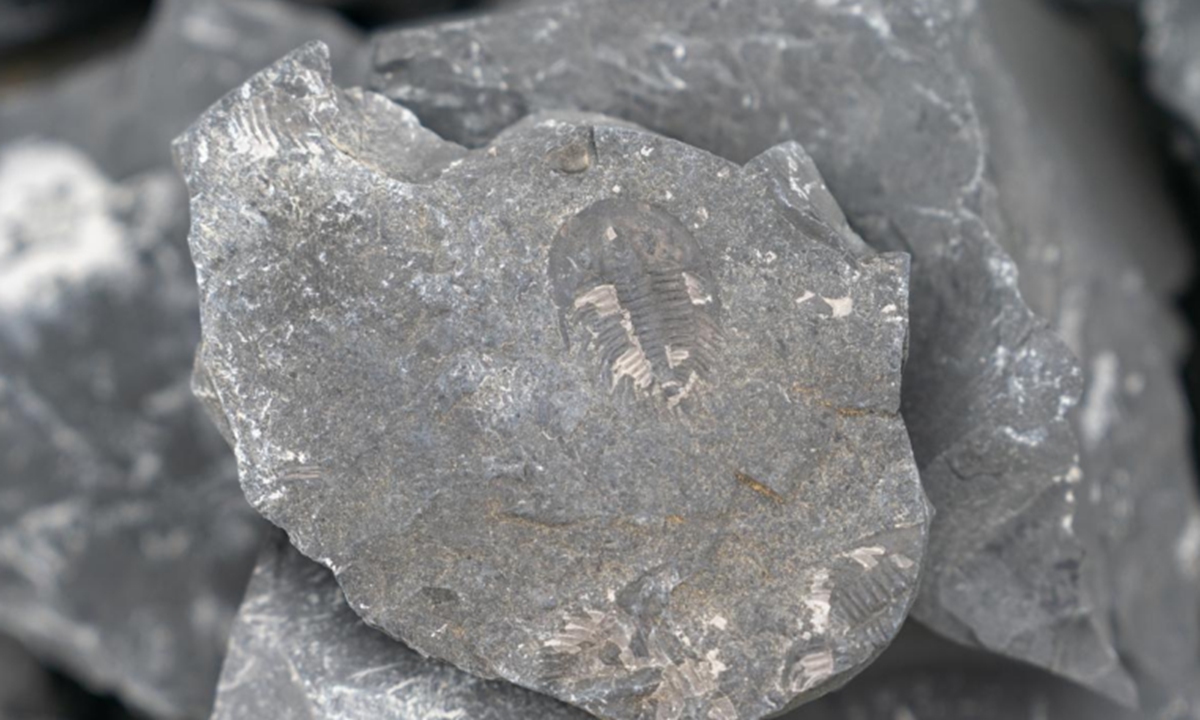
Illustration: Chen Xia/Global Times
When the words "fossils" or "paleontology" come up in conversation, it is likely that modern vibrant images of dinosaurs and other extinct animals from the Jurassic Park films come to mind. However, long before the movies and even the first fossils attributed to dinosaurs were discovered over 200 years ago in England, the Chinese people had an interest in fossils. "Dragon bones" and other fossilized items used in traditional Chinese medicine have fired myths, questions, and debates extending back more than 2,000 years. Fueled by centuries of human interest and curiosity about fossils, the active science of paleontology and its discoveries can be much more exciting and unexpected than even those presented in the latest cinematic marvels.
China is being recognized increasingly for its growing contribution to this inherently international scientific field. That global role extends back to the early history of paleontological science in China with the discovery of "Peking Man" fossils by Chinese and international workers more than a century ago. Those remains address fundamental questions about the evolution of humans, and demonstrate the great impact of China in the study of fossils. Their profound importance not only attracted the first US scientific delegation to visit the People's Republic of China in 1975 (which focused on the fossil record of human evolution), but also led to the "Peking Man" fossil site becoming a UNESCO World Heritage site in 1987.
While the study of ancient fossils is still rooted firmly in searching dusty locations and hammering on rocks for new discoveries, the 21st century science of paleontology is a modern and highly interdisciplinary field that employs the latest technologies. Positioned at the intersection between earth and life sciences, paleontologists now leverage tools and approaches from across molecular biology, chemistry, and high tech, such as synchrotron and CT-scanning. We now obtain data never thought possible about ancient life in such abundance and great microscopic detail. Those fossil-derived data help to uncover amazing stories about the history of life on this planet, including its origins, migrations, and even prehistoric changes within our own human species.
Over the last few decades, there has been an astonishing growth, and an increasing global impact of the science of paleontology in China. These discoveries stem not only from amazing fossil discoveries like those of feathered dinosaurs and early birds and the reconstruction of their feather colors, but also the application of new technological approaches from advanced CT-scanning of fossils to the recovery and analyses of ancient DNA and other molecules preserved inside and with fossilized bones. Paleontologists soon will have access to powerful scanning provided by a synchrotron that will open the door to new paleontological riches.
At present, China produces the largest number of newly discovered extinct species of dinosaurs in the world. In addition, teams of scientists studying the fossils of the Qinghai-Xizang Plateau in China have shown how the region was the source of many cold adapted species of mammals like the extinct woolly rhinoceros and the living Arctic fox that spread across continents after their evolutionary origin at high elevation on the plateau. The continued and growing impact of Chinese paleontologists and the fossils they study can be seen even in recent weeks. For example, scientists reported the oldest records of algae-like multicellular eukaryotes from 1.6 billion years ago (pushing back their evolutionary history by 70 million years), and a broad study on the largest ape that ever lived, Gigantopithecus, provides great detail about the life and extinction of this enigmatic extinct species whose fossil teeth were first discovered in an apothecary shop a century ago.
One study published last week in the journal The Innovation combines many different aspects of 21st century paleontology to inform us better about the origin and evolution of the upright stance and bipedal locomotion in humans. The international team of scientists CT-scanned several skulls of the 6 million year old ape Lufengpithecus from Yunnan in Southwest China.
Despite these fossils having been studied for decades, the scientific team was surprised to discover that the bones of the inner ear containing the semicircular canals were preserved, but crushed inside the skull. Using the scans, they built an extremely high-resolution 3D digital reconstruction of these bones containing the sensory organs for balance. With those data, they compared anatomical details of the inner ear across scans of other fossil apes and their living relatives (including us), conducted statistical analyses of the detailed variation in the shape, size, and curvature of the semicircular canals, and placed of all of these data into an evolutionary history context on the family tree of apes.
For the first time, the authors of that study were able to show: that early apes shared a similar range of locomotion that differs from living apes; and perhaps most importantly, that it is from that ancestral ape locomotion range that the human lineage with our unique attributes evolved.
China has developed the scientific tools, personnel training, and importantly outstanding fossil occurrences that allow for a continued great frequency of highly impactful discoveries from the evolution of microscopic multicellular life and giant feathered dinosaurs to fundamentally important studies of the past impacts of climate change on biodiversity and ancient human migration around the world. The study of life from the ancient past has a bright future in China, and ongoing discoveries will continue to help to fill in the gaps and uncover unknown stories from the stone pages of our planet's evolutionary history.
The author is a visiting professor at the Institute of Vertebrate Paleontology and Paleoanthropology at the Chinese Academy of Sciences. life@globaltimes.com.cn

